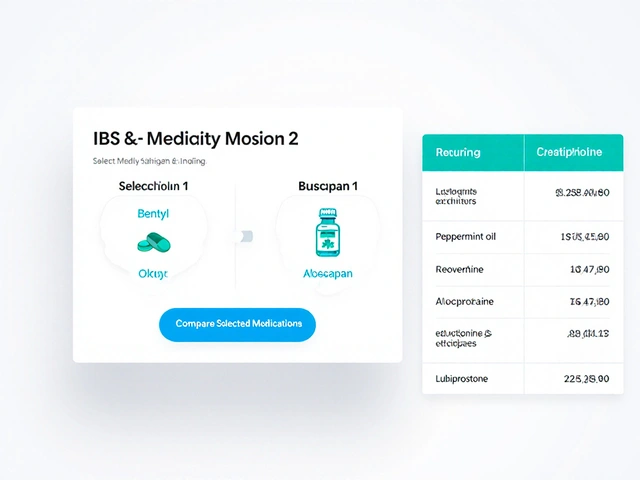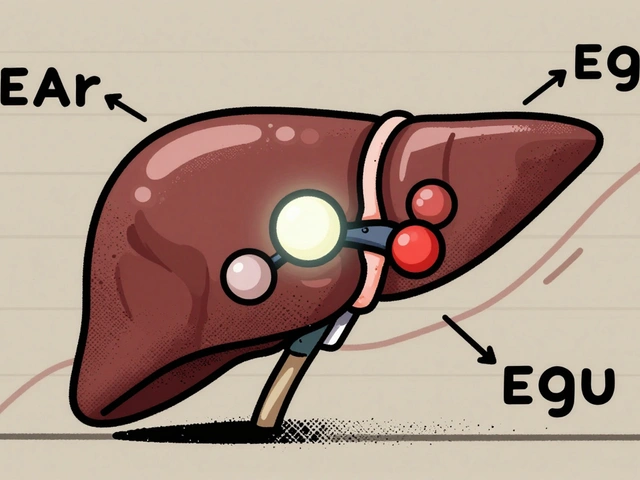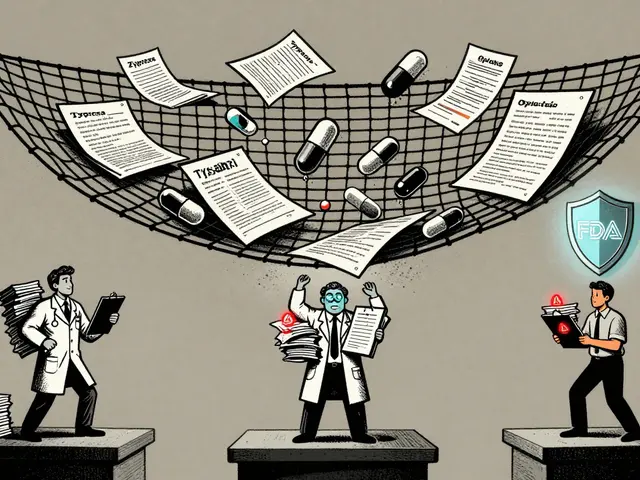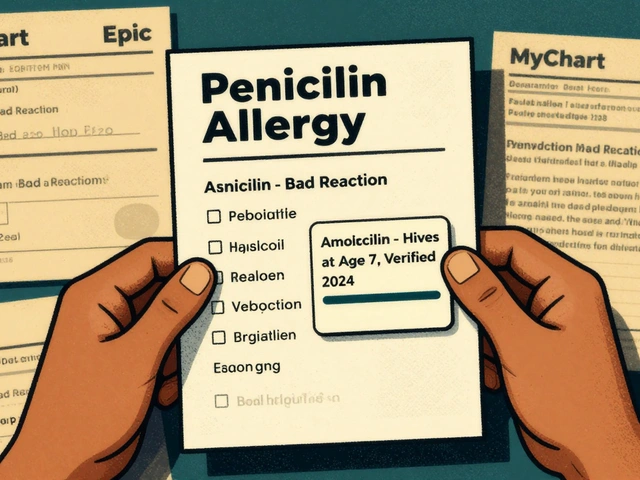Omeprazole: what it does and when to use it
Heartburn, acid reflux, or a stomach ulcer? Omeprazole is one of the most used drugs for these problems. It's a proton pump inhibitor (PPI) that cuts stomach acid production and gives fast relief. You can find it as a prescription or over-the-counter pill, usually as 10–40 mg doses. But knowing how to use it matters—this short guide gives clear, usable advice without the medical fluff.
How to use omeprazole safely
Take omeprazole 30–60 minutes before your main meal for best effect. For reflux, many people start with 20 mg once daily. OTC courses are often limited to 14 days; if symptoms come back or last longer, see a doctor. If you're prescribed it for ulcers or H. pylori, follow the full course and other meds your doctor adds (like antibiotics).
Stopping suddenly can cause rebound acid production—worse heartburn than before. If you’ve been on omeprazole longer than a few weeks, ask your provider about tapering: cut the dose, switch to every-other-day, or add an H2 blocker for a short time while you reduce the PPI.
Side effects, interactions, and real risks
Short-term side effects are usually mild: headache, nausea, or stomach pain. Long-term or high-dose use can raise the risk of low magnesium, B12 deficiency, bone fractures, and possibly chronic kidney issues. These risks increase mainly when PPIs are used for a long time without review.
Important interaction: omeprazole can reduce activation of clopidogrel (a blood thinner) because both use the liver enzyme CYP2C19. If you're on clopidogrel, talk to your doctor before using omeprazole—another PPI like pantoprazole might be recommended. Also check with your provider about medications like methotrexate, some antifungals, and certain HIV drugs.
Watch for alarm symptoms—weight loss, trouble swallowing, vomiting blood, or black stools. Those need urgent medical attention; don’t treat them with OTC PPIs alone.
Want to buy omeprazole? Choose trusted pharmacies and read labels. Generic omeprazole is safe and cheap. Avoid unknown online sellers offering weird prices or no contact info. If you need long-term treatment, ask your doctor about the lowest effective dose and regular checkups for magnesium or B12 if needed.
Lifestyle helps a lot: avoid late meals, cut back on alcohol, stop smoking, lose even a few pounds if you're overweight, and raise your bed head by a few inches. These changes reduce reflux and sometimes let you stop medication.
If you're unsure whether omeprazole is right for you, or how long to take it, a quick chat with a clinician can save you trouble later. On PrescriptionPoint.SU you'll find more clear guides about acid reflux treatments, drug interactions, and when to see a doctor—search for related articles or use our contact page for questions.

Dig into everything you never thought you needed to know about Prilosec (omeprazole). This article takes you beyond the quick fix and explains how the drug works, the real talk on side effects, surprising tips, and how you can get the best results safely. If you, your family, or your friends are reaching for acid reducers, this read will prep you with answers and insights that matter long term.
Continue Reading





